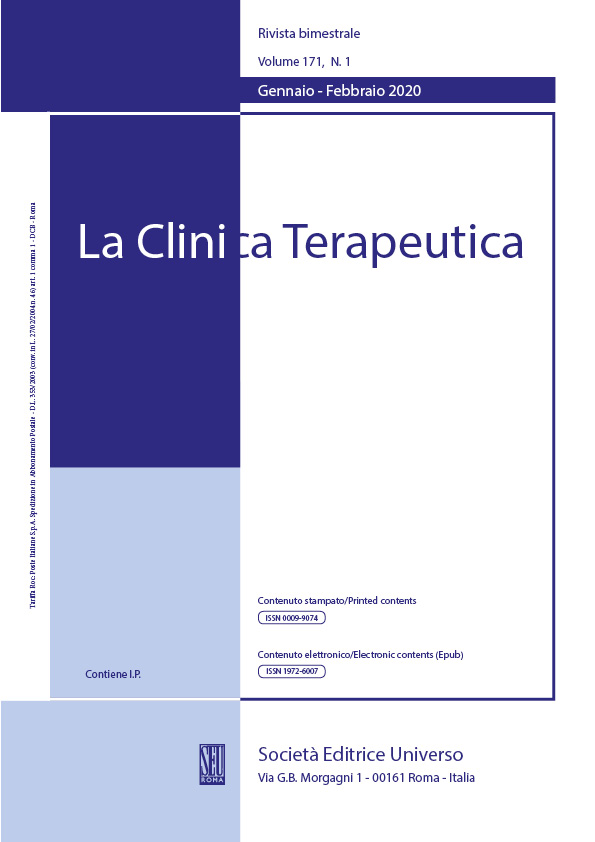Abstract
Background
The beneficial effect of physical activity on a large spectrum of diseases is well known, with particular importance for elderly people. Among the different types of activity, adapted physical activity (APA) has been applied in a number of disease-related physical deficit.
Objective
The purpose of this study is to determine the outcome of a six months APA program in elder patients with osteoarthritis concerning physical and functional health and as second endpoint to determine the potential effect of AFA on reducing the risk of institutionalization.
Method
The clinical indexes used to assess the outcome included the Blaylock Risk Assessment Screening Score (BRASS), the Psychological General Well Being Index (PGWBI), the Cumulative Illness Rating Scale (CIRS), the Short Physical Performance Battery (SPPB), and the visual analogue scale (VAS).
Results
A significant difference (p = 0.047) between the pre-APA and the post-APA value was found for BRASS, and highly significant differences (p <0.0001) were found for SPBB and VAS. Conclusion. These findings show that a six months APA program in elder patients with osteoarthritis improves physical function, reduces pain intensity and decreases the risk of institutionalization. Moreover the positive outcome of APA we found in elder patients with osteoarthritis suggests a more frequent use of such rehabilitation approach, also evaluating its economic impact on this disease.
